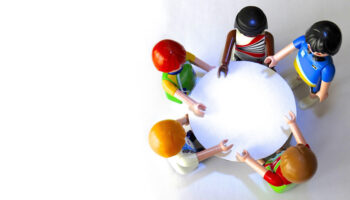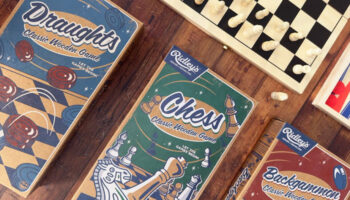How do seasons affect toys and games?

Most people know what a season is – you’ve got Spring, Summer, Autumn/Fall and Winter. These seasons also apply to toys and games! Different types of toys and games are more suited to different times of the year.
Seasons roughly line up with quarters, which split the year into four equal parts. These quarters are used for financial planning, results and accounting reports. Quarter 1, or Q1, consists of January, February and March, Q2 is April, May and June, Q3 is July, August and September and Q4 is October, November and December.
Seasons affect toys and games in various ways. Let’s see what factors influence them…

Weather
The first seasonal factor affecting toys and games is the weather in each season. The weather will affect the percentage of indoor vs outdoor products that are sold.
Outdoor toys and games will be sold during summer (May to August in the Northern Hemisphere, November to February in the Southern Hemisphere) because summer toys and games usually need to be played outside in nice weather. Depending on how long each season lasts, this could mean that the window of opportunity to sell outdoor products is relatively small, especially in locations with colder average temperatures.
If you’re a company specialising solely in outdoor products, unless you operate in a year-round warm climate, the storage space in your home country will likely go unused for the majority of the year. You’ll also only get sales revenue during a small part of the year too because retailers and end-consumers only want outdoor products when it’s warm enough to use them.
You can mitigate this effect by selling internationally, where the different times of the year line up with the different Seasons around the world, resulting in year-round manufacturing and sales.
Holidays and Events
The second seasonal factor that affects toys and games are holidays and national/global events, such as Christmas.
Around 70% of the toy and game markets revenue comes during the holiday season, which is Q4. Parents love to shower their kids with toys and games for the holidays and even if they struggle to afford them, they’re usually willing to make personal sacrifices to get their children toys and games. Friends and family like to give toys and games as gifts for the holidays and that makes up a huge chunk of the sales of toys and games too. Global holidays provide a clear target for toy and games companies to aim for, including manufacturing, distribution, marketing and sales.
Some toy and games companies will save their marketing budget to concentrate on the time of the year where they can potentially earn the most back on their investment. The flip side to this is the sheer level of competition – everyone is trying to push their products so the price of advertising goes up across the board.
The type of toy or game sold on certain holidays can include the weather too. For Christmas, if it’s cold outside, indoor products such as board games tend to be popular choices. Events such as birthdays are spread throughout the year so don’t tend to factor into large swings in demand.
Manufacturing and Distribution
The third seasonal factor affecting toys and games is manufacturing and distribution.
Factories will run and shut down at different times of the year – many Chinese factories shut down for weeks around Chinese New Year, usually in February. When they shut down, both the design/development side and the manufacture/assembly side stop in their tracks. For most toy and game companies, this is usually a slow part of the year – but they still need to plan around it. Many factories work extra hard leading up to Chinese New Year to get things done before they shut down.
When the factories are running again and once the goods are made, they need to be shipped with cargo ships, which can take around 30 days across the ocean. Currently there are many delays at shipping ports, meaning it can take many months to receive the goods – so a company potentially misses out on selling their products at the most lucrative time of the year, whether that’s Summer for outdoor products or Winter for games.
Toy and game companies need to factor in all of these variables when planning their design, manufacture, sales and marketing strategies.
While social media can cause spikes in demand throughout the year, seasonal sales trends are here to stay because they are affected by either nature (such as weather) or tradition (such as holidays).
—
To stay in the loop with the latest news, interviews and features from the world of toy and game design, sign up to our weekly newsletter here























